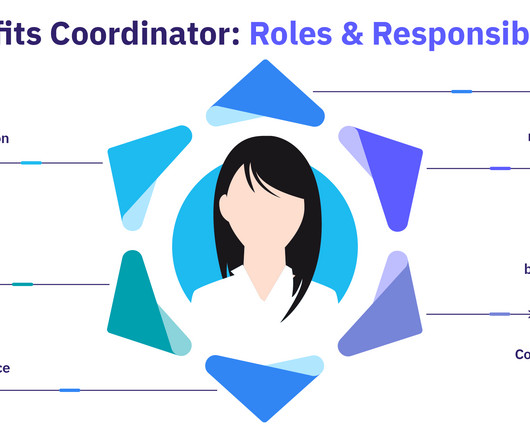What Is Human Resources?
Analytics in HR
JULY 31, 2023
They maximize employee capabilities that will help drive organizational success by identifying the skills gaps, creating L&D programs, and implementing performance management systems. In this view, HR recognizes that employees are a company’s most critical asset.

















Let's personalize your content